Easter is a popular festive day in the UK with many traditions. In this guide, we explore its history and explain how it is celebrated today. Find out all about the Easter Bunny, chocolate eggs, hot cross buns and more while learning some new vocabulary along the way (see glossary at the end)! Let’s not rabbit on, but instead hop over to the post…
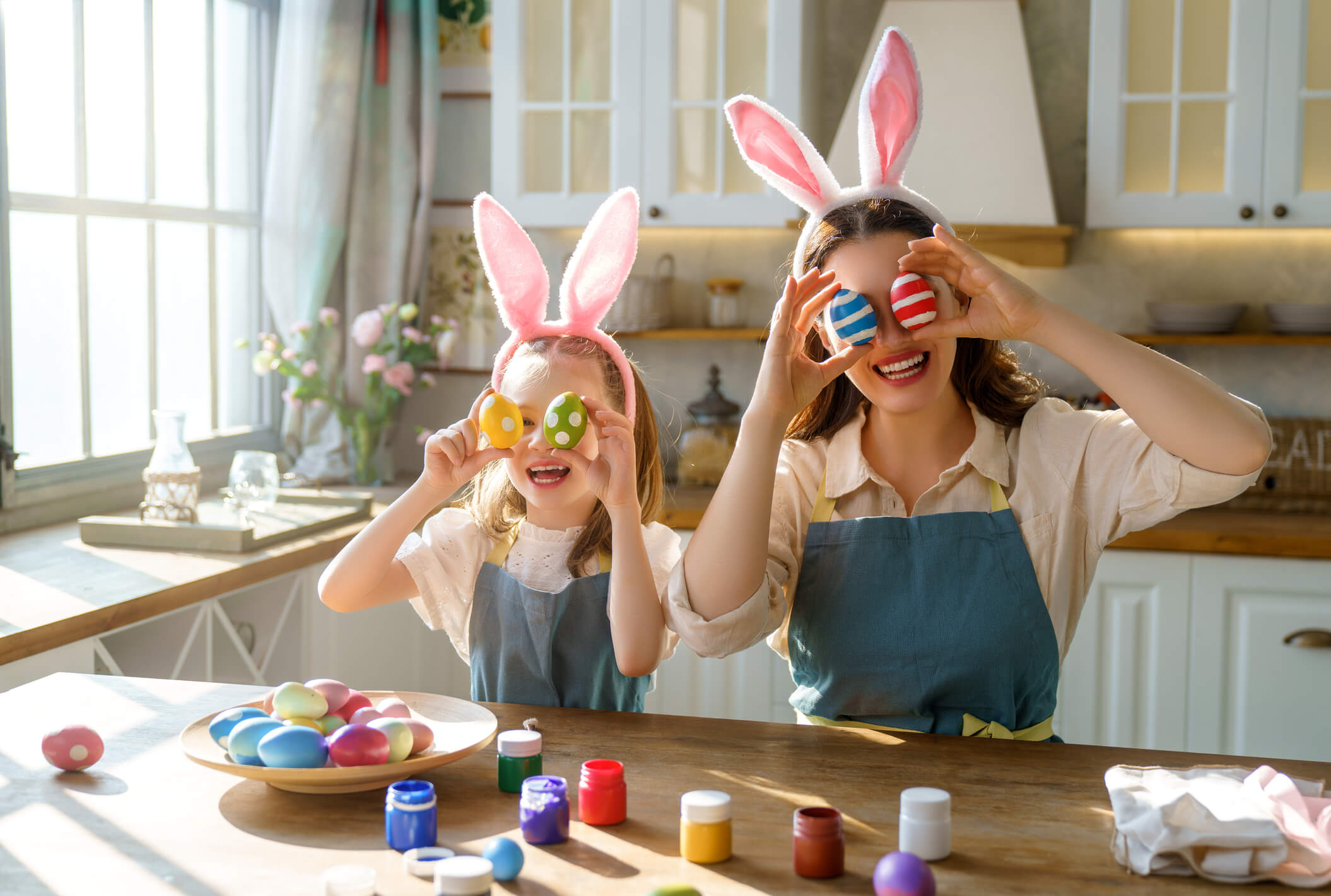
People celebrate Easter all over the world. In the UK, Easter is a Christian holiday that observes the death of Jesus Christ on Good Friday and his resurrection on Easter Sunday, which Christians believe to have occured from around 30–33 CE.
Some Christians also observe the week before the public holidays (Holy Week), which includes Spy Wednesday (the day Judas betrayed Jesus) and Maundy Thursday (the day Jesus shared the Last Supper with his disciples).
Jesus experienced a lot of suffering and died in a horrible way; he was flogged and then crucified wearing a crown of thorns. So why is it called ‘Good’ Friday? Some argue that Good Friday comes from ‘God’s Friday’, while others say that it is a good day because it is a holy day. The Oxford English Dictionary says that good in relation to a day means that it is a ‘religiously observed day’.

Many Christians also observe Lent, which is a 40-day period of avoiding sugar, dairy, eggs and meat. In the past, people also stopped practising sports and exercise. Today, many people, who are not necessarily religious, may also try to cut down on unhealthy eating habits (or fast). Lent marks the period of 40 days that Jesus spent wandering and fasting in the desert while also being tempted by the devil.
Easter falls around the spring equinox: a time when the hours of daylight and no daylight are equal in the Northern hemisphere. Spring is a time of renewal and rebirth; winter ends, animals are born, and flowers and plants grow. People have celebrated this seasonal change for thousands of years.
One ancient legend is very similar to the story of Christ’s death and rebirth. It comes from Mesopotamia (now southern Iraq) and involves an ancient people called the Sumer who worshipped a Goddess called Inanna. Inanna went to the centre of the Earth to look for her husband. She was killed, but other Gods decided to resurrect her. Another similarity between this myth and Easter is that it also takes place in spring.
There are also many other ancient tales, but Christianity absorbed most of them as it spread throughout Europe.
Unlike other public holidays in the UK, such as Christmas, which is always on the 25th of December, Easter is a movable feast and jumps around the calendar a lot! In 2023, Easter is on the 9th of April. However, sometimes it is at the end of March or late in April.
Holidays such as Christmas are set by the Gregorian calendar – the calendar most people use in the world, which is based on the Earth’s 365-day orbit around the sun. Easter is always on the Sunday after the first full moon that follows the spring equinox.
However, this is not a normal full moon but an ecclesiastical one, which is worked out by the church’s calculation called ‘computus’. This calculation uses historical charts to find out when the Sunday after the Paschal (Passover or egg) moon is. This full moon no longer corresponds to other lunar calendars.
In addition, different religions follow different lunar calendars, so Easter does not fall on the same day for all Christians.
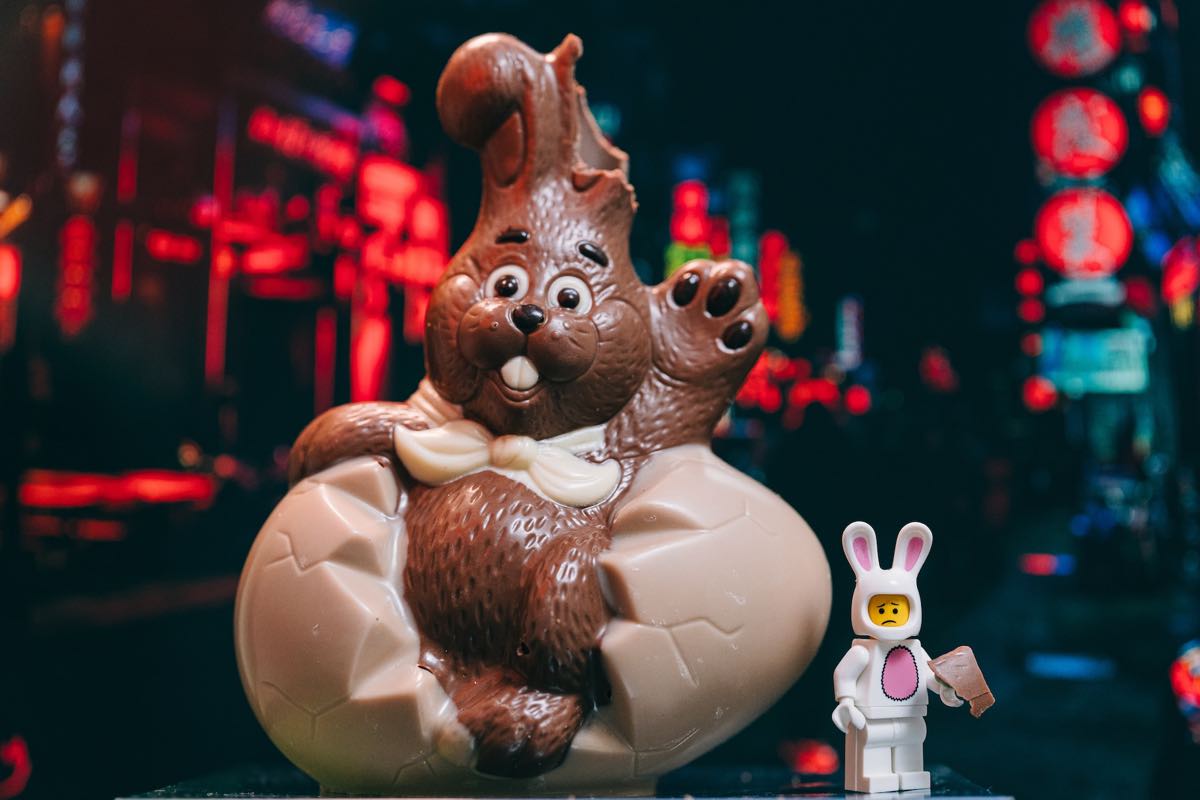
People have used eggs as a symbol of fertility and new life for thousands of years. ‘Eggsperts’ have found decorated eggs in Africa that are over 60,000 years old!
Early Christians in Mesopotamia dyed eggs red in memory of the blood of Jesus. This practice continued to develop through the ages to the painted patterns we see on Easter eggs today. People dye and paint their Easter eggs in many different ways all over Europe.
Like eggs, rabbits are a symbol of fertility. This is due to their ability to reproduce in high numbers. The origins of the rabbit, or Easter Bunny, as an animal associated with Easter is a mystery. Again, historians believe that it is a pagan tradition that Christianity absorbed.
One story is that the word Easter comes from the name of the spring Goddess Eostre who had a friend that was not a rabbit but a hare. The hare would lay eggs as gifts for children who left out their bonnets as a nest in which it could lay eggs.
There is no evidence for this being the original story, and it seems to be a German tale that is a combination of older stories and myths put together in the 1600s.
Nevertheless, the German idea of an egg-laying hare that gave gifts to good children (similar to Santa Claus) travelled across Europe with the hare eventually being replaced by a rabbit.
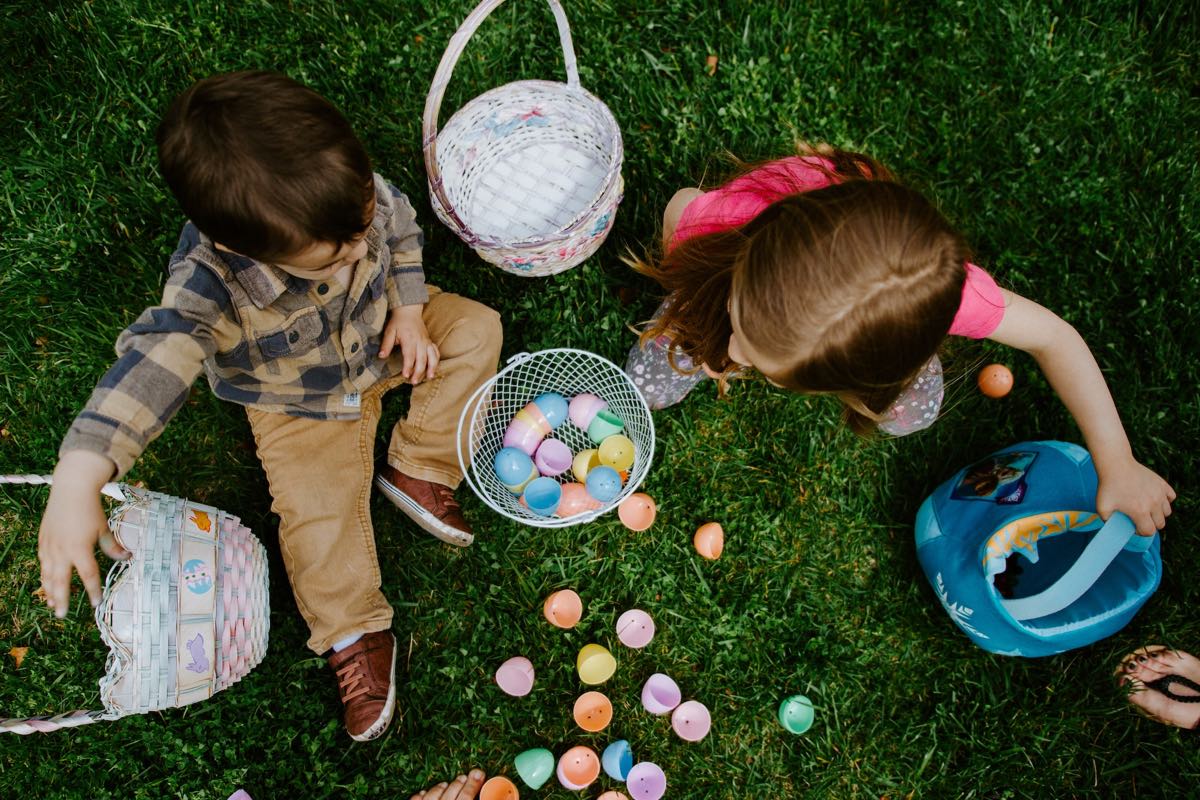
There are an ‘eggstraordinary’ number of activities and games that people in the UK do to celebrate Easter. And yes, you guessed it, most of them involve eggs! All these activities take place among other events such as arts and crafts, which of course involves egg decorating, singing, and dancing. Here are just a few of the fun activities on offer:
The most popular activity at Easter is the Easter egg hunt, even though it only started in the 19th Century in the UK. Again, it has German origins and involves the idea of a rabbit placing gifts for children to find. Parents plan a route and hide different sweet treats (things like chocolate eggs or egg-shaped biscuits) along the trail.
To find the treats, the children sometimes have to solve clues that direct them to the next location on the route.
People often organise these hunts at home in the garden with family or friends, but you can also attend bigger events that are organised across the country.
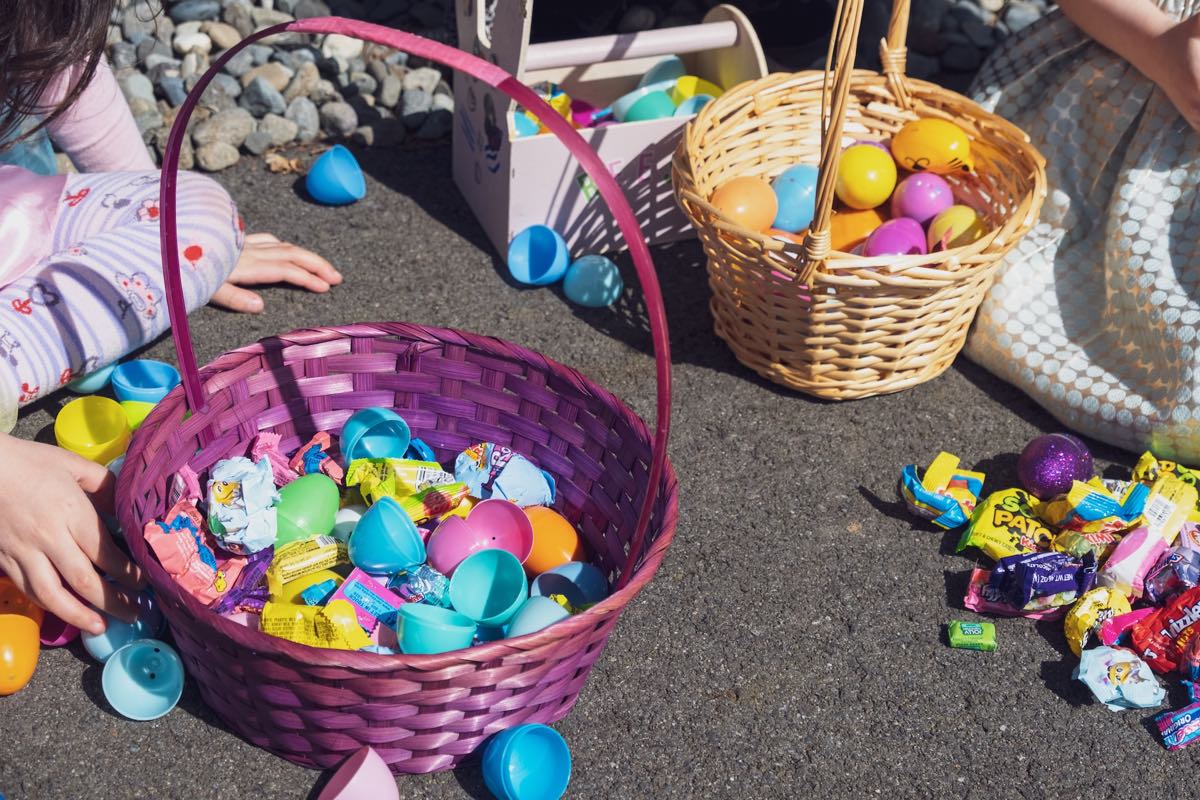
There are many other activities involving eggs: there is the egg-and-spoon race in which participants run a short distance as fast as they can while balancing an egg on a spoon.
There is also egg rolling: an activity that involves chasing decorated eggs down a steep hill.
Yet another activity is pace egging. The word pace originates from the Latin word Pascha meaning Easter. This activity dates from the days when poorer children asked people for food during holiday periods – this was often the only time when asking for food was acceptable.
These days, pace egging entails people providing entertainment in exchange for eggs: dancing, singing, acting. This custom is most popular in Lancashire, in the North of England.
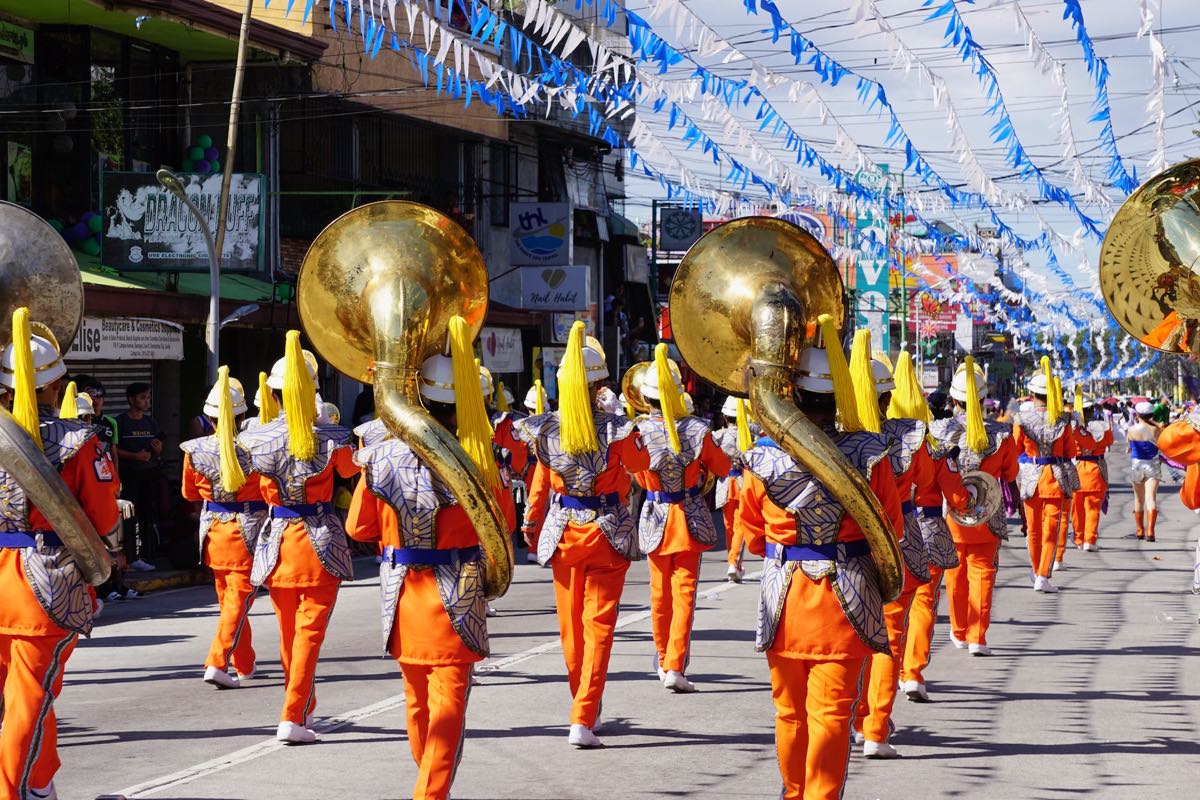
From Roman times until the Victorian period, Easter was a time when people used to wear new clothes to celebrate the coming of spring and renewal. Some people believe that the tradition of the Easter bonnet is something that remains from that era. Whether this is true or not is unclear.
There is also a connection between the Easter bonnet and the Easter Bunny in that the hat resembles the nest in which the Easter Bunny lays its eggs.
Children and parents spend many hours creating decorated hats that they wear in a parade at a school or local event. There are judges who decide which hat is the best, and the winner of the competition wins a prize – a chocolate Easter egg perhaps!
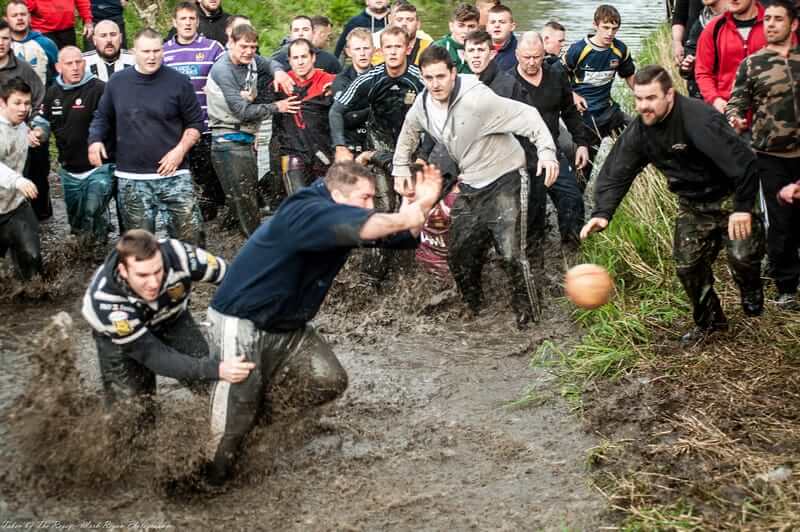
As some people in the past gave up practising sport for lent, games appeared in order to celebrate the opportunity to play sports again. One of these games is in a town called Workington in Cumbria. The name of the game is ‘Uppies and Downies’ and involves dividing the town into two teams whose objective is to take a ball to different ends of the town – it can be quite an aggressive event!
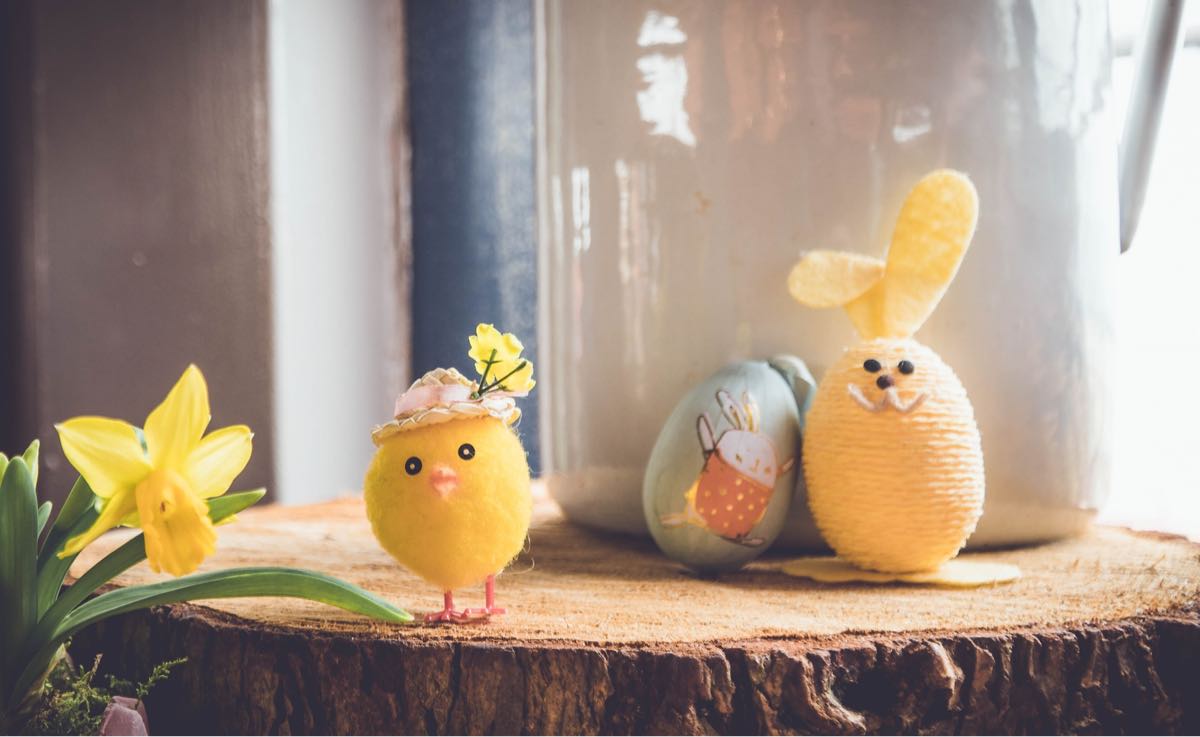
We have already talked about Easter eggs of the decorative kind, but any post about Easter would not be complete without mentioning the food associated with Easter.
Chocolate eggs first appeared in the French court of Louis XIV. Chocolate was expensive at that time and chocolatiers did not mass produce them in France and Germany until the 19th Century.
The earliest chocolate eggs were solid and bitter in taste and the first manufacturer to produce the hollow, sweet chocolate eggs we eat in the UK today was Fry’s of Bristol in 1873.
The hollow chocolate egg is similar to the empty decorative eggs in that its empty space could be said to represent the empty tomb of Jesus after his resurrection. Whether this was the intention of chocolatiers is unclear.
People give each other chocolate Easter eggs as gifts during the Easter holidays. As you read above, they are also prizes in the competitions and games British people play during the holiday.
Today, Brits also eat other smaller Easter-egg-like treats, such as Cadbury’s creme eggs and Cadbury’s mini eggs. Their smaller size also makes them ideal for a smaller snack on a long Easter egg hunt. Chocolate Easter eggs are incredibly popular in the UK and chocolate lovers in the country spend hundreds of millions of pounds on them every Easter.
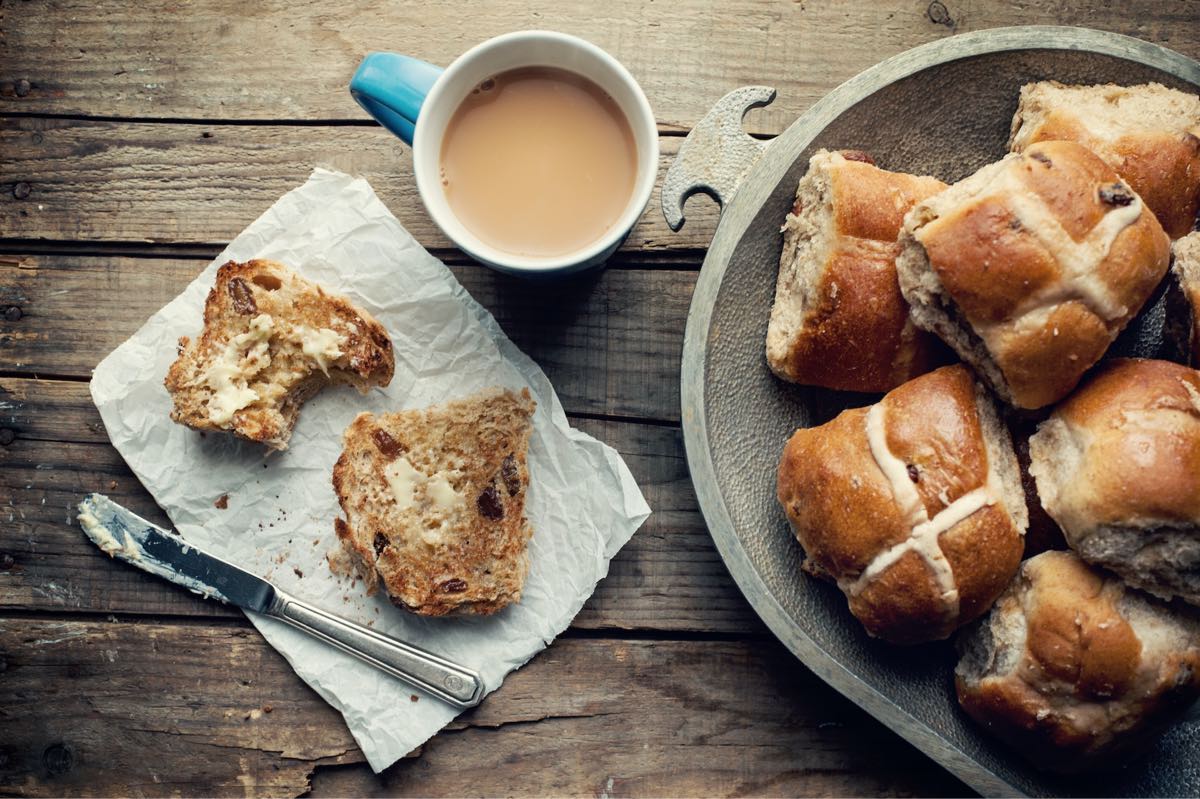
Today’s Hot cross buns are sweet bread buns that contain fruit, such as oranges and spices, such as cinnamon, nutmeg and cloves.
The earliest literary reference of a hot cross bun was in 1733, although the 14th-Century monk Thomas Radcliffe is often credited with their invention. In any case, during this period, they were not necessarily round – there are even some records of triangular hot cross buns.
There was a lot of superstition surrounding hot cross buns and some people believed the bread had magical properties that could bring you good luck.
The cross on the top of the bun did not appear until the early 20th Century. Many people think that it represents the cross on which Jesus was crucified; others think that it represents the division of the four seasons.
Whatever the story of the cross is, they are an ‘eggsellent’ and delicious Easter cake! These days, you can also find hot cross buns in many new flavours from coffee to chilli and cheese.
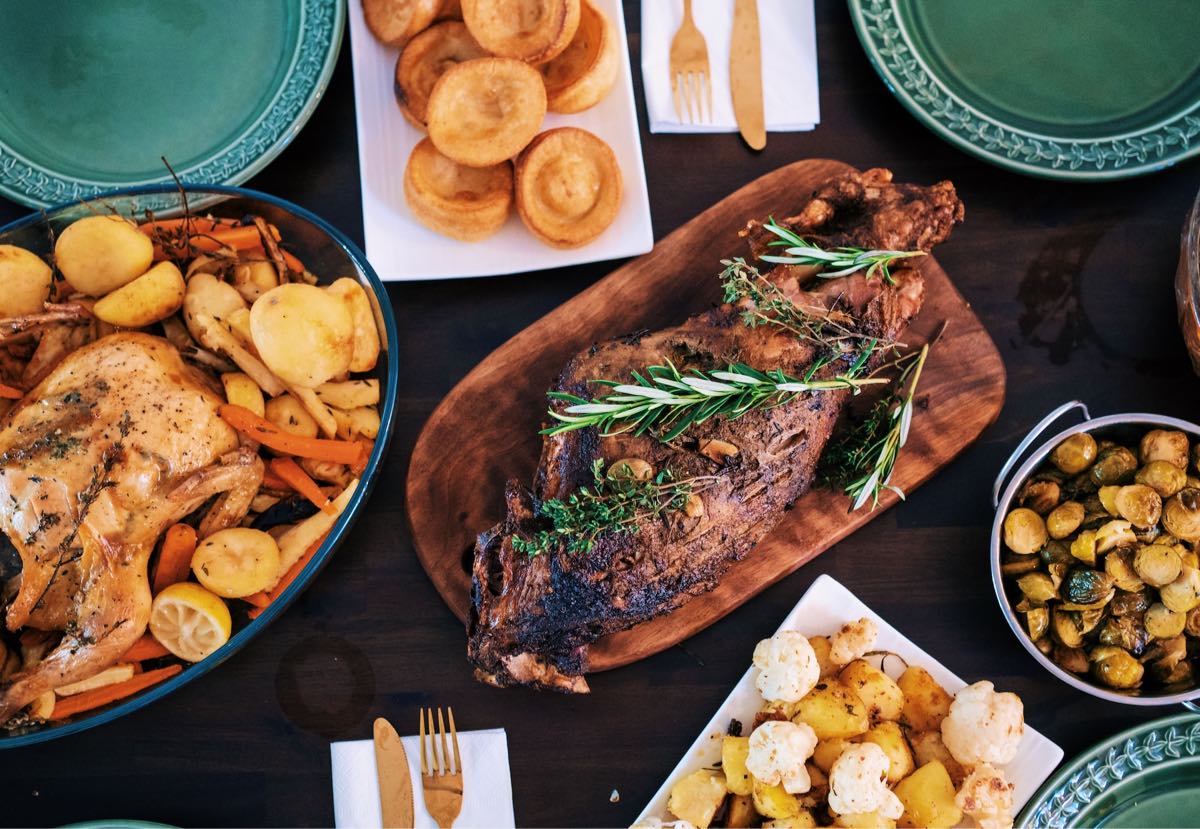
Roast meat of some kind is a traditional Sunday dish for British people throughout the year. At Easter, the traditional roast meat is lamb.
The tradition of eating lamb was started by Jewish people who ate it to celebrate Passover – a festivity that occurs around the same time as Easter. When Christianity started, Jews, who converted to Christianity, brought the tradition of eating lamb at this time of the year with them. It has continued ever since.
People accompany their lamb with roast potatoes and vegetables such as carrots (the Easter Bunny’s favourite!) and roast potatoes. Many people also serve the lamb with mint sauce (a green sauce with mint leaves in vinegar).
The fact that the symbol of Jesus is also a lamb (an animal born in the spring) is also fitting. However, it seems that this symbolism may just be a coincidence.
Easter celebrations are a mix of strange and fun traditions influenced by many other cultures in the world. The stories that surround theses customs are also very mysterious, and it is difficult to know how true they are.
Nevertheless, Easter remains a popular holiday on the UK calendar; after a long winter, what could be better than going outside and playing games with your friends and family while eating your own bodyweight in chocolate?
The ‘eggsamples’ of the traditions we have written about here are not all that is on offer in the UK during the Easter period. As is the case with ‘Uppies and Downies’, many towns and villages have their own unique customs.
Did you manage to work out all the Easter Egg words? You can find the answers below in the glossary. We apologise for the bad wordplay, but it is a big part of British humour!
To continue talking about something for a long time, even if the other person is not interested.
Example: Carly rabbited on about NFTs for so long Zlatan fell asleep.
To go somewhere quickly (the verb hop means to jump on one leg, it is also the verb used to describe the movement of a rabbit)
Example: The Smith family hopped over to France for a weekend break.
The act of bring something back to life or into use after it has disappeared or died.
Example: The resurrection of the former president’s career was possible after a change in public opinion.
To follow a rule or custom.
Example: Workers in the UK observe the King’s coronation by taking the day off work.
A person who believes in and follow the ideas of a respected figure.
Example: Not all the disciples of Jesus Christ were loyal followers.
To beat someone with a whip or stick as punishment.
Example: The guards flogged the criminals in the town square.
To kill someone by tying and nailing them to a cross and leaving them there to die.
Example: The Romans crucified Jesus on the cross.
A small, sharp spike on the stem of a plant.
Example: Henrietta cut her arm on a thorn picking fruit.
Related to God/s or religion.
Example: The priest put holy water on the baby’s head.
To reduce in number or frequency.
Example: Jamelia was trying to cut down on coffee.
To walk without purpose.
Example: Ken liked to wander around a new city when he first arrived.
To go without food for a period of time.
Example: Bryan was really hungry on his new fasting diet.
One of two halves of the world north or south of the equator.
Example: The explorer wanted to find a new island in the southern hemisphere.
The act of starting to do an activity again after some time of stopping.
Example: Doreen enjoyed the spring most – she loved the smell of booming flowers and the general feeling of renewal.
To express and celebrate one’s belief in God/s.
Example: Ahmed worships at the mosque every week.
A religious holiday or other event that is not on the same day or at the same time.
Example: Anne has breakfast at 7 am on weekdays, but on the weekend, it’s a movable feast.
Relating to the Christian church.
Example: The priest was too tired to study ecclesiastical history after the service.
The ability to produce offspring or children.
Example: Government concern about low fertility rates was increasing.
To colour something with a liquid.
Example: Corrin was worried about his grey hair and decided to dye it black.
An affectionate name for a rabbit.
Example: The parents promised the child a bunny if she did well at school.
An animal that looks like a rabbit but is larger and faster.
Example: The storyteller told the children the tale of the tortoise and the hare.
A hat that covers the ears and one ties under the chin.
Example: The mother found the new bonnet was too big for the baby.
A structure that animals or birds build to care their eggs and young in.
Example: The birdwatcher saw three unusual birds’ nests in the tree.
A special and pleasurable thing or experience.
Example: Tommaso decided to give the children a special treat and take them out for a picnic.
A piece of information that helps you solve a puzzle or problem.
Example: The detective found a clue that helped him solve the investigation.
A large group of people walking in the same direction (possibly in costumes and playing music) in order to celebrate a special occasion.
Example: The Irish always have a great parade on St Patrick’s Day.
A sharp taste that you may experience when drinking coffee for example.
Example: Donald couldn’t finish the drink – it was too bitter.
A word that describes empty space inside something.
Example: The walls in the old house were hollow.
A structure, sometimes underground, in which the body of an important person is buried.
Example: Historians believed there was a hidden tomb in the pyramid.
Part of a plant that people use to add flavour to food.
Example: The cookery show presenter said there were lots of spices in Indian cooking that came from different plants.
Belief based on magical and non-scientific ideas.
Example: Frank believed in the superstition that breaking a mirror brought seven years bad luck.
Making jokes with words in a creative way.
Example: Robert told this joke as an example of wordplay: What do you call a person who used to like tractors?… An extractor fan.
a big, exciting event, such as a festival.
Example: The fans couldn’t wait for the seven-hour heavy metal extravaganza.
a person with a high level of knowledge in a specific area.
Example: The financial experts concluded that the economy was improving.
extremely good.
Example: The chef’s food was excellent – all the customers gave great reviews.
something used to represent typical characteristics of a thing, idea or group of things or ideas.
Example: The word eggsample is an example of terrible wordplay.